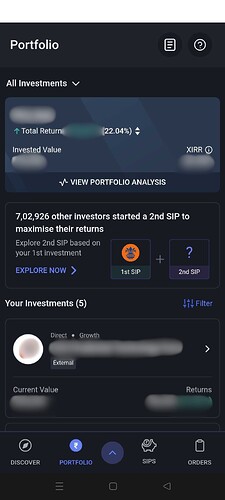“Benchmark your performance against your best competitor. Think how you can beat them next time.” - Brian Tracy
Hey Everyone!
Choosing the right mutual funds and comparing them to benchmarks is key for wise investments. Learn to read benchmarks, interpret performances, and make informed decisions.
What’s a Benchmark?
A benchmark measures the success of an investment, like how athletes compare running times. It serves as a standard to judge performance.
Objective: Comparing your mutual fund to a benchmark shows if it’s performing well. It helps you measure your investment strategy.
Interpreting the Performance:
- If the returns for a portfolio are higher than the benchmark over time, your portfolio is doing well. This is a positive indicator of your mutual fund selection and investment timing.
- Losing to the benchmark may indicate that the mutual fund you selected is not performing well or you invested at the wrong time, or both.
Next Steps: Adjust your strategy based on performance data. Reallocate assets, choose different mutual funds, or increase investment in well-performing areas.
Here are the steps that you can find the portfolio analysis:
-
From the Home Page, open the portfolio Tab.
-
Select Mutual Funds
-
Click on Investment Details
-
On the investment details section, click on portfolio analysis
Understanding how to compare your mutual fund to a benchmark is crucial. Analyzing performance graphs and interpreting key indicators helps optimize your investment strategy and achieve financial goals. To learn more about Portfolio Benchmarking, visit the Angel One Blog.



